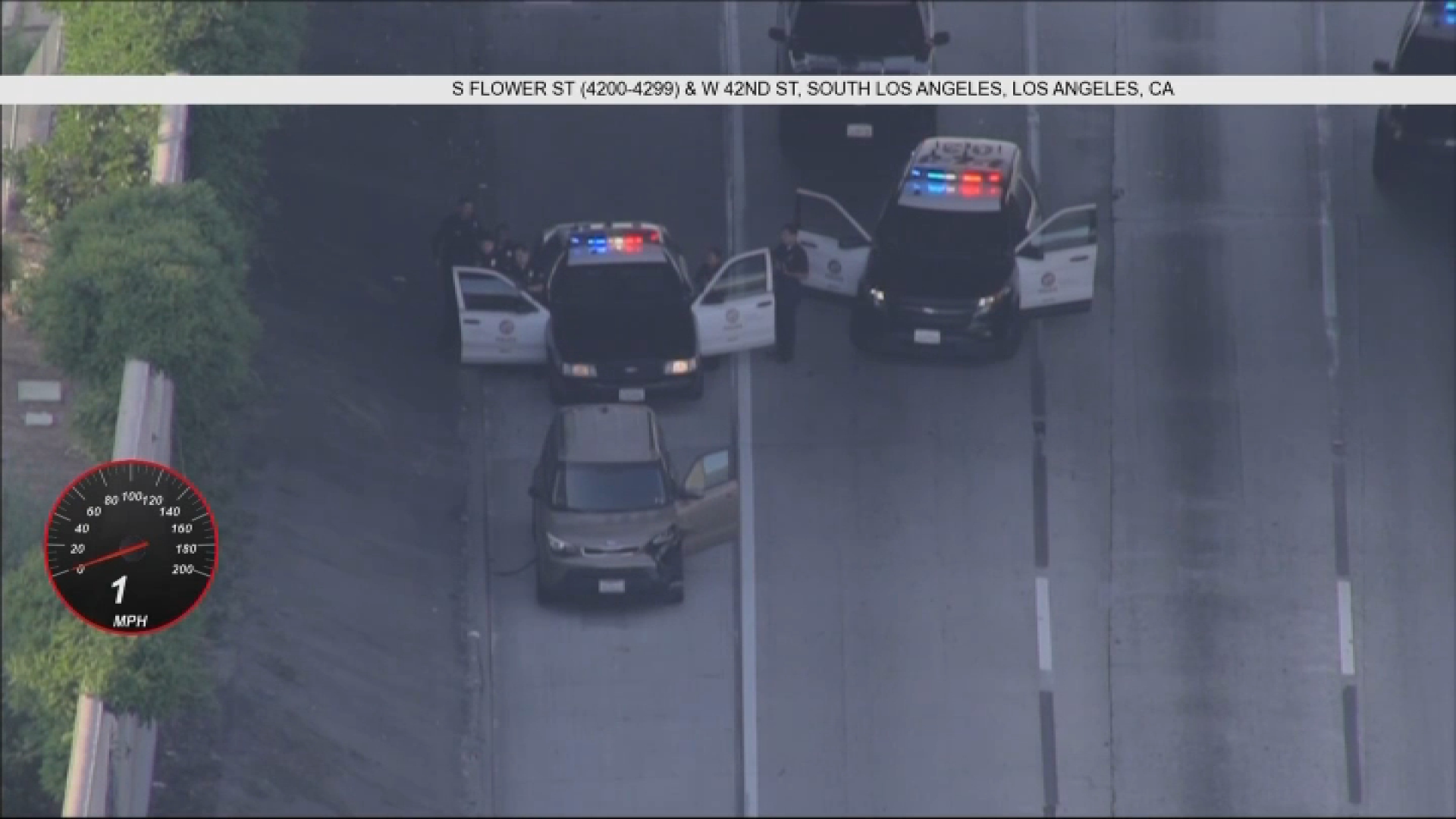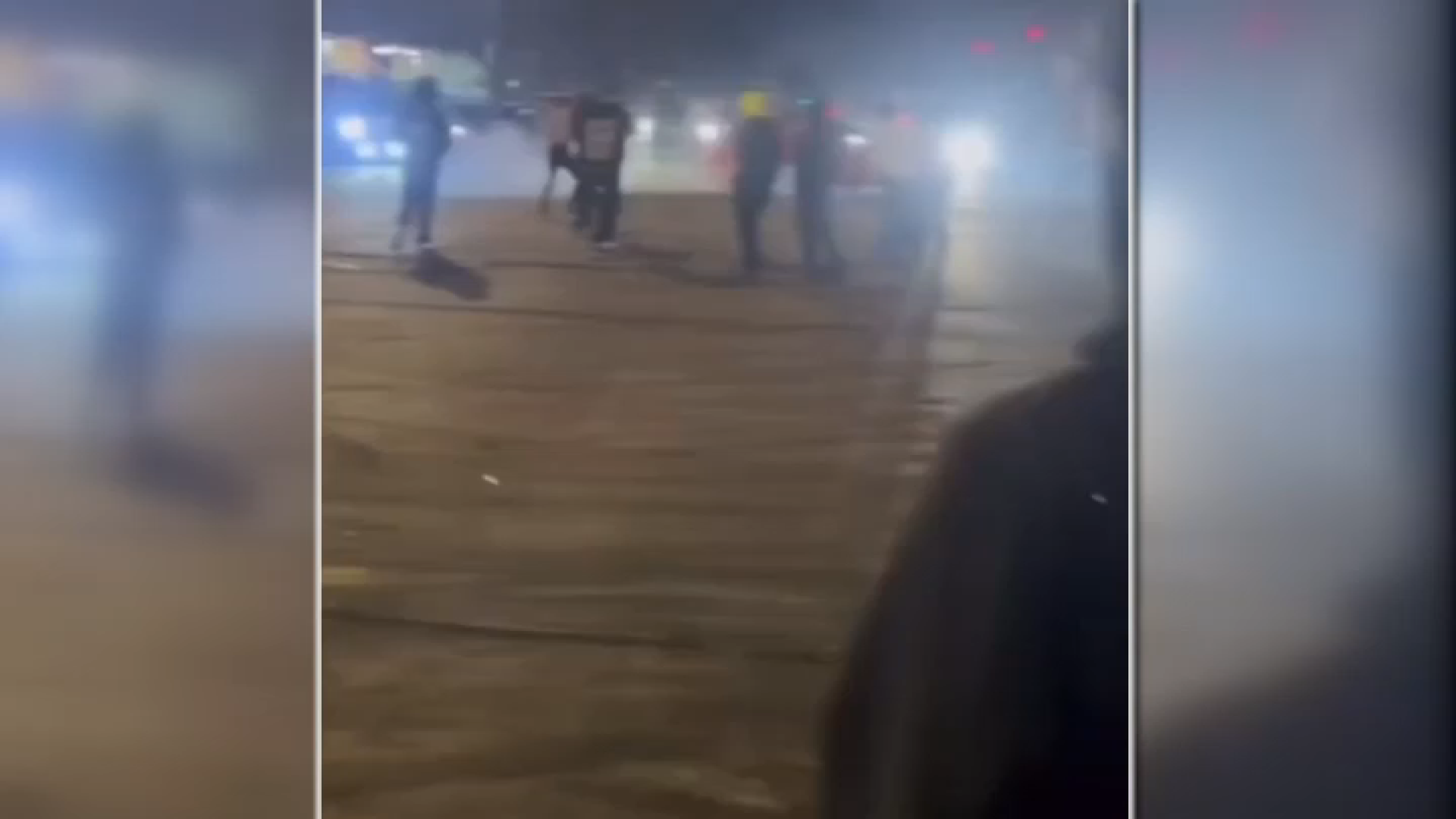The first snow survey of the Sierra Nevada snowpack this winter found more snow than last year at this time, but not enough to impact one of California's worst droughts in more than a century of record-keeping.
The Department of Water Resources conducted the survey Tuesday about 90 miles east of Sacramento.
Frank Gehrke, chief of the California Cooperative Snow Surveys Program, said there were 21.3 inches of snow on the ground.
Following recent storms, he said, the survey found more snow in the mountains than last year at this time, but the water content is still far below average for the date. Though December was wet, the storms were warmer than needed to generate greater-than-normal snowfall in the Sierra Nevada.
The Sierra Nevada snowpack is a vital source of water for the drought-stricken state: It supplies about a third of the water needed by residents, agriculture and industry as it melts in the late spring and summer.
Surveyors manually verified figures provided by automated sensors through the California Cooperative Snow Surveys system. In the Northern Sierra, those sensors show snowpack at 57 percent of normal for Dec. 30. The Southern Sierra is at 48 percent of normal for the date, according to automated readings.
Statewide, snowpack is at about 50 percent of normal.
News
Top news of the day
The final snowpack measurement of last season showed levels at 18 percent of normal after a dry winter. A measurement on April 1, considered the peak of the season, showed snowpack at 32 percent of average.
The Department of Water Resources snowpack surveys gauge the amount of water melting from the mountain snowpack into streams and reservoirs. The monthly measurements allow state and regional water officials to develop water-use plans.
A series of December storms provided what researchers with the U.S. Drought Monitir described as a "foothold" for drought recovery. Significant improvement likely will require several consecutive wet winters.
The most recent U.S. Drought Monitor report, released Thursday, shows more than 77 percent of the state under extreme drought conditions — the second most severe category of drought intensity. The Monitor categorizes drought intensity into five categories, ranging from abnormally dry to exceptional drought.
Three months ago, about more than 81 percent of the state was under extreme drought. The percentage of the state under exceptional drought has decreased from 58 percent to 32 percent over the past three months.
In January, Gov. Jerry Brown declared a drought emergency for California as the state's reservoirs reached critically low levels. Levels at major reservoirs remain well below normal, according to U.S. Drought Monitor.



